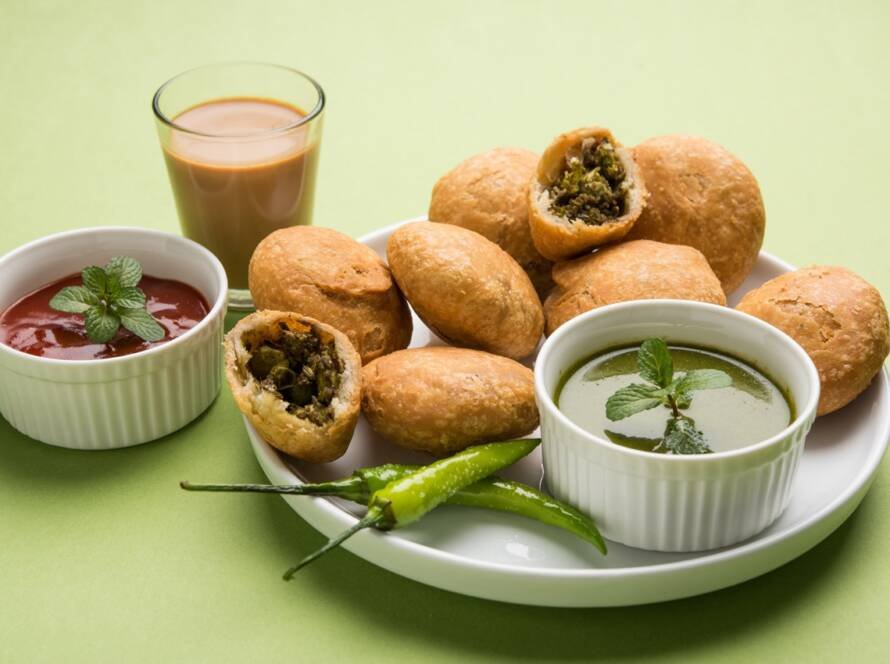We’ve all been there. You buy a batch of frozen food, toss it into the freezer, and forget about it until a few months later. Then you pull it out, only to find it’s a bit less appetizing than you remember. Whether it’s a frozen pizza, veggies, or ice cream, proper frozen food storage can make all the difference in keeping your meals fresh and tasty. So, how do you ensure that your frozen food stays as fresh as the day you bought it?Let’s explore some frozen food storage tips that will help you get the most out of your frozen goods.
1. Label It
First things first: label your frozen food! It might sound a little basic, but trust us, it’s one of the best ways to ensure your food doesn’t stay in the freezer longer than it should. The last thing you want is to take out a bag of frozen peas and wonder, “When did I even buy these?”
Tip: Write the date you froze it and any important details, e.g., “chicken stir-fry” or “homemade lasagna” on the packaging. This way, you can keep track of what’s in your freezer and use older items first. By doing this, you’ll prevent the dreaded freezer burn and ensure you’re eating things at their peak freshness.
2. Choose the Right Containers
Not all containers are created equal, especially when it comes to freezing food. To avoid freezer burn, those awful icy patches that make your food taste bland, you need to use airtight containers or freezer bags that are designed for freezing.
Tip: If you’re using freezer bags, squeeze out as much air as possible before sealing. Less air means fewer chances for ice crystals to form, which means fresher food when you thaw it.
3. Avoid Overstuffing Your Freezer
We get it, you’ve got a lot of frozen food to stash away, but don’t just jam everything into the freezer like a game of Tetris. Proper airflow is essential to maintain the right temperature and keep things freezing evenly.
Tip: Leave a little space around items so the cold air can circulate properly. Overcrowding your freezer can cause uneven freezing, which can lead to items not freezing properly, and in turn, affect their quality.
Bonus Tip: Arrange your freezer so that newer items are placed toward the back, making room for older items in the front. This way, you’ll grab what you need without playing the “guess the expiration” game.
4. Freeze in Small Portions
If you’re freezing large batches of food, break them down into smaller portions before freezing. Freezing food in smaller quantities helps it freeze faster, which results in better texture and flavour retention once it’s thawed.
Tip: For things like meats, veggies, or soups, portion out what you’ll likely use in one meal or cooking session. For example, you don’t need to freeze an entire roast when you only need a few slices. This not only makes it easier to defrost exactly what you need but also prevents waste. Plus, you won’t have to defrost a huge block of food when all you need is a little.
5. Cool Food Before Freezing
We’ve all been there tossing hot food straight into the freezer, thinking it’ll cool down fast enough. But this can actually raise the temperature in your freezer and affect the quality of your other frozen goods.
Tip: Always cool your food to room temperature before freezing it. If you’re in a rush, spread the food out on a tray to help it cool down quickly. Once cooled, transfer it into your freezer-safe containers. This will prevent your freezer from working overtime to cool down food and preserve the texture and freshness of your meals.
6. Keep Your Freezer at the Right Temperature
Your freezer should be set to 0°F (-18°C) to keep your food safe and fresh. Anything above that can cause food to spoil or lose its flavour and texture.
Tip: Keep an eye on the temperature of your freezer with a thermometer. It’s an easy and inexpensive way to make sure your freezer is operating at its peak, especially when it’s packed with food.
Pro Tip: If you’ve recently experienced a power outage, it’s a good idea to check the temperature before refreezing anything. If your freezer stays at the right temperature, your food should be fine. If it warmed up above 40°F for a few hours, though, it’s best to toss anything that has thawed.
7. The Power of Freezer-Friendly Food
While almost anything can be frozen, some foods freeze better than others. Blanched vegetables, broths, cooked meats, and soups tend to freeze like a dream, while some items, like lettuce or cucumbers, might not hold up as well.
Tip: Before freezing, check which foods freeze best. For example, blanch your veggies, quickly boil them and then plunge them into ice water to preserve their colour, texture, and nutrients.
If you’re unsure whether something freezes well, do a quick search to make sure it won’t end up mushy or tasteless once thawed.
8. Defrosting the Right Way
Once you’re ready to eat your frozen food, defrosting it properly is key to maintaining texture and flavour.
Tip: The best way to thaw frozen food is to move it from the freezer to the fridge for a few hours or overnight before you plan to use it. This allows it to thaw slowly and safely. If you’re in a rush, you can use the microwave or cold water thawing method, but be mindful to avoid cooking the food prematurely.
Bonus Tip: For leftovers, it’s best to reheat them directly from the freezer, especially if they’re in smaller portions. This will prevent you from losing their original texture and moisture.
To Sum Up
Properly storing your frozen food can drastically improve its shelf life and taste, ensuring that each meal is just as fresh as the day it was frozen. By following these simple storage tips, you’ll maximize your food’s freshness, texture, and flavour every time.
At Simply Gourmet Frozen Foods, we believe in helping you make the most out of your frozen meals. Whether it’s offering tips on better storage or providing the best quality frozen foods, we’ve got your back for all things frozen food.



